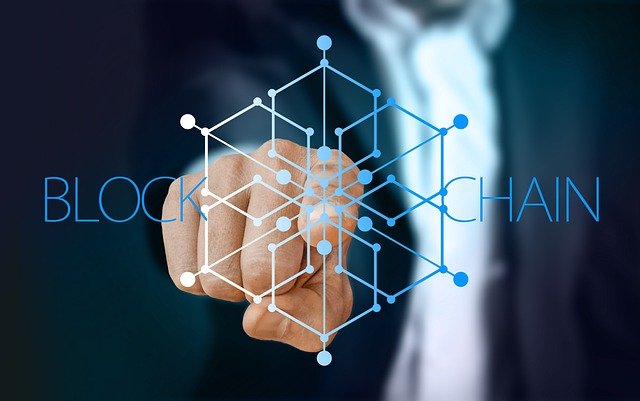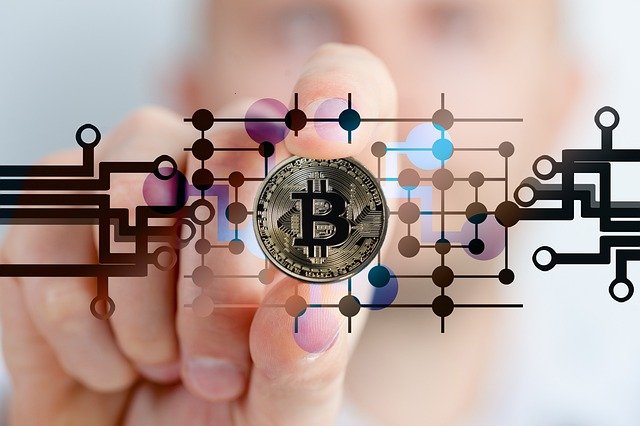image credit : savemyleads
Decentralized Finance (DeFi): The Future of Finance?
Decentralized Finance, commonly known as DeFi, has emerged as one of the most revolutionary concepts in the financial world. Leveraging blockchain technology, DeFi aims to create an open, permissionless, and transparent financial ecosystem without the need for traditional intermediaries like banks and brokers. But what exactly is DeFi, and why is it being hailed as the future of finance? In this article, we’ll explore the fundamentals of DeFi, its significance, key projects, and the potential benefits and risks associated with this burgeoning sector.
What is DeFi?
DeFi refers to a broad category of financial applications built on blockchain networks, primarily Ethereum, which enable decentralized financial services. These services include lending, borrowing, trading, insurance, and asset management, among others. Unlike traditional finance, where intermediaries are necessary to facilitate transactions and maintain trust, DeFi uses smart contracts—self-executing contracts with the terms directly written into code—to automate and enforce agreements.
Significance of DeFi
The traditional financial system is often criticized for being opaque, centralized, and exclusionary. Many individuals worldwide remain unbanked or underbanked due to lack of access to financial institutions. DeFi addresses these issues by providing:
- Accessibility: Anyone with an internet connection can access DeFi services, making financial tools available to a global audience.
- Transparency: Transactions on blockchain are public and verifiable, reducing the risk of fraud and corruption.
- Control: Users maintain control over their assets without relying on third parties, enhancing security and privacy.
- Innovation: The open nature of blockchain encourages innovation, leading to the development of new financial products and services.
Key DeFi Projects and Platforms
Several DeFi projects have gained significant traction and recognition. Here are a few notable ones:
- Uniswap: A decentralized exchange (DEX) that allows users to trade cryptocurrencies directly from their wallets. Uniswap uses an automated market-making (AMM) system to provide liquidity and enable seamless trading.
- Aave: A decentralized lending and borrowing platform where users can earn interest on their crypto holdings or borrow assets by providing collateral.
- MakerDAO: The creator of DAI, a decentralized stablecoin pegged to the US dollar. MakerDAO allows users to create DAI by locking up collateral in smart contracts.
- Compound: Another lending and borrowing protocol that enables users to earn interest on their assets or take out loans by supplying collateral.
- Yearn.Finance: A yield optimization protocol that automatically moves users’ funds across different DeFi platforms to maximize returns.
Potential Benefits of DeFi
DeFi offers numerous advantages that could reshape the financial landscape:
- Financial Inclusion: By removing barriers to entry, DeFi can provide financial services to the unbanked and underbanked populations.
- Reduced Costs: Eliminating intermediaries can lower transaction fees and costs associated with traditional banking.
- Efficiency: Automation through smart contracts streamlines processes and reduces the time and effort required for transactions.
- Innovation and Customization: DeFi’s open-source nature fosters innovation, allowing developers to create tailored financial products and services.
Risks and Challenges
Despite its potential, DeFi is not without risks and challenges:
- Security Vulnerabilities: Smart contracts are susceptible to bugs and exploits, which can result in significant financial losses.
- Regulatory Uncertainty: The regulatory environment for DeFi is still evolving, and future regulations could impact the sector’s growth and operations.
- Scalability Issues: Current blockchain networks, particularly Ethereum, face scalability challenges that can lead to high transaction fees and slow processing times.
- Market Volatility: The value of crypto assets can be highly volatile, posing risks to users’ investments.
The Future of DeFi
The future of DeFi looks promising, with continuous growth and innovation expected in the coming years. As technology advances and scalability issues are addressed, DeFi could become more accessible and user-friendly. Furthermore, as regulatory frameworks evolve, greater clarity and security might attract more institutional investors to the space.
CONCLUSION
DeFi represents a significant shift towards a more inclusive, transparent, and efficient financial system. While challenges remain, the potential benefits of decentralized finance make it a compelling area for investment and innovation. As we move forward, DeFi could very well redefine the future of finance, offering new opportunities and transforming how we interact with financial services.


